The core position of the split spring leaf in the push clutch driven disc assembly stems from its deep adaptation to the stability of the transmission system. As a key buffer component connecting the engine and the transmission, the performance of the push clutch driven disc assembly is directly related to the vehicle's starting smoothness, gear shift response speed and durability under extreme working conditions. The structural characteristics of the split spring leaf are the key support for achieving these performances.
The fit of the split spring leaf design with the working conditions
When the traditional connected spring leaf is subjected to impact loads, the stress is easily concentrated in the middle area, and long-term use may cause local fatigue fracture. The split structure adopted by the 430 push clutch driven disc assembly decomposes the spring leaf into independent units, so that the load borne by each unit is more uniform. When the vehicle is driving on an unpaved road or encounters sudden power fluctuations, the dispersed stress path can quickly dissipate the impact energy and avoid excessive stress on a single part. This design is particularly critical for high-frequency and heavy-load operation scenarios such as mining and engineering transportation, which can reduce the risk of transmission interruption caused by spring leaf failure.
Synergy between split spring plate and friction assembly
As a direct contact component for power transmission, the wear rate of the friction plate is closely related to the elastic feedback of the spring plate. During the clutch operation, the split spring plate can accurately control the contact pressure between the friction plate and the pressure plate through the elastic deformation of the independent unit. When engaged, each spring plate unit gradually releases the elastic force, so that the friction plate pressure increases linearly to avoid the instantaneous impact of power transmission; when separated, the consistency of elastic reset ensures that the friction plate quickly disengages from contact and reduces the sliding wear loss in the semi-clutch state. This synergy not only improves the smoothness of the shifting process, but also extends the overall service life of the friction assembly.
Balancing effect of split spring plate on the rigidity of the driven disc
The driven disc body of the push clutch driven disc assembly needs to take into account the dual functions of bearing torque and buffering vibration. The split spring plate realizes the dynamic adjustment of rigidity and flexibility through the elastic support structure. Under normal driving conditions, the spring sheet unit remains relatively still and forms a rigid whole with the driven disc body to ensure efficient torque transmission; when encountering engine speed fluctuations or road bumps, the slight deformation of the spring sheet unit can absorb vibration energy and reduce the resonance risk of the transmission system. This feature is particularly important for high-torque power sources such as diesel engines, which can effectively filter the periodic fluctuations of power output and reduce the impact wear of transmission gears.
Material and process adaptation of split spring sheets
In order to match the mechanical requirements of the split structure, the spring sheet is made of high-strength alloy material and tempered, which not only ensures the elastic limit of the unit body, but also has sufficient toughness to resist deformation fatigue. During the manufacturing process, the dimensional accuracy and surface finish of each spring sheet unit must be strictly controlled to ensure the force consistency of each unit after assembly. This synergy of materials and processes enables the split spring sheet to maintain a stable elastic coefficient under long-term alternating loads, avoiding stress distribution imbalance caused by individual differences. Compared with the connected spring sheet, the replacement of the split structure is more targeted. When fatigue damage occurs to a spring leaf unit, the damaged part can be replaced individually without disassembling the driven plate assembly as a whole, reducing maintenance hours and spare parts consumption. For commercial vehicle operations, this design can reduce vehicle downtime and indirectly improve operational efficiency. The modular production of independent units also facilitates quality control. Each spring leaf can be individually tested to ensure that the performance meets the standards, reducing the defective rate of assembly from the source.
 English
English русский
русский
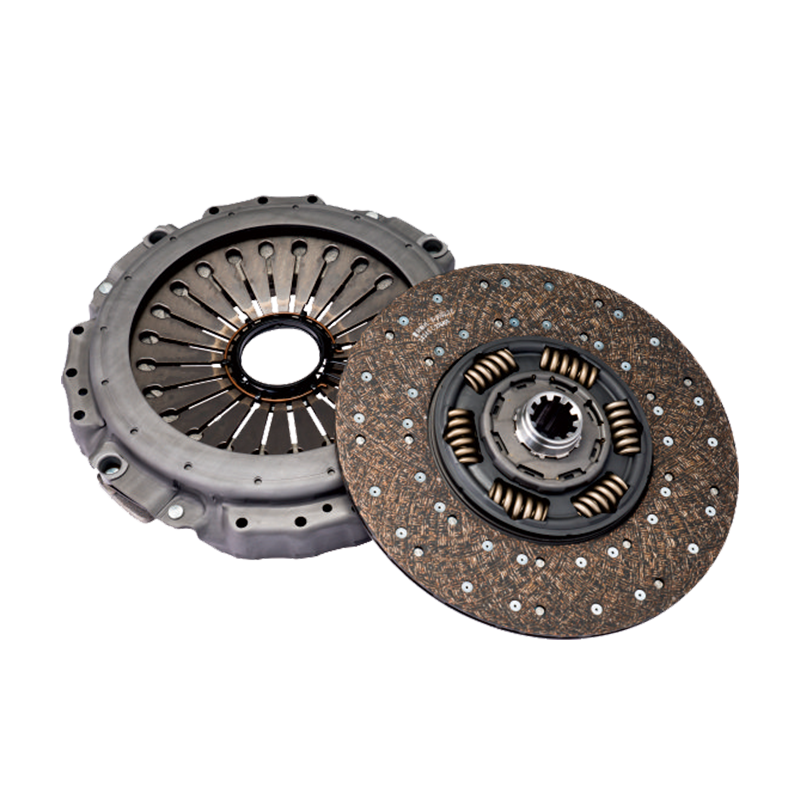
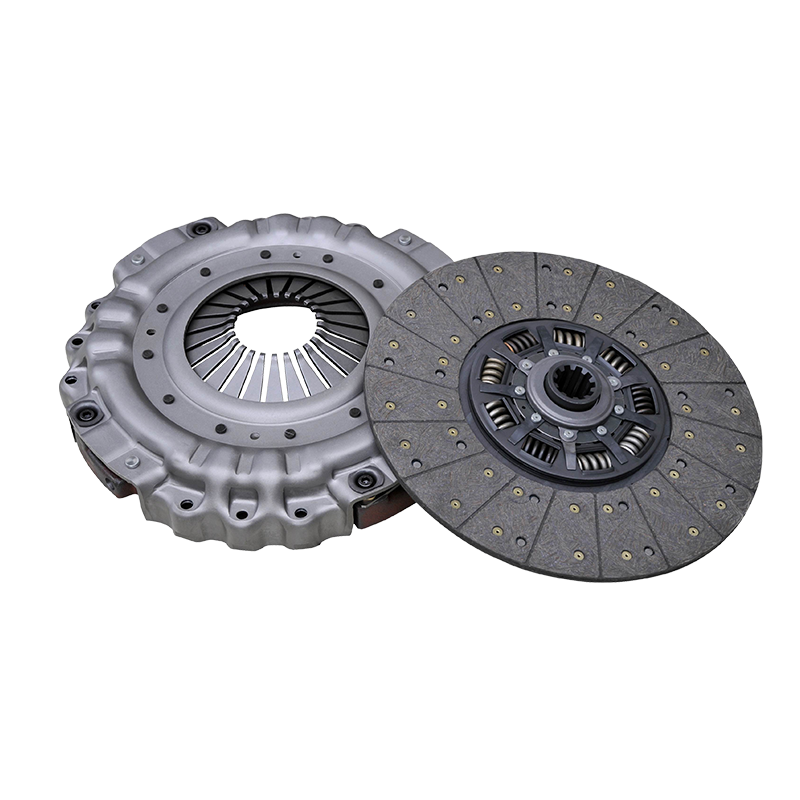
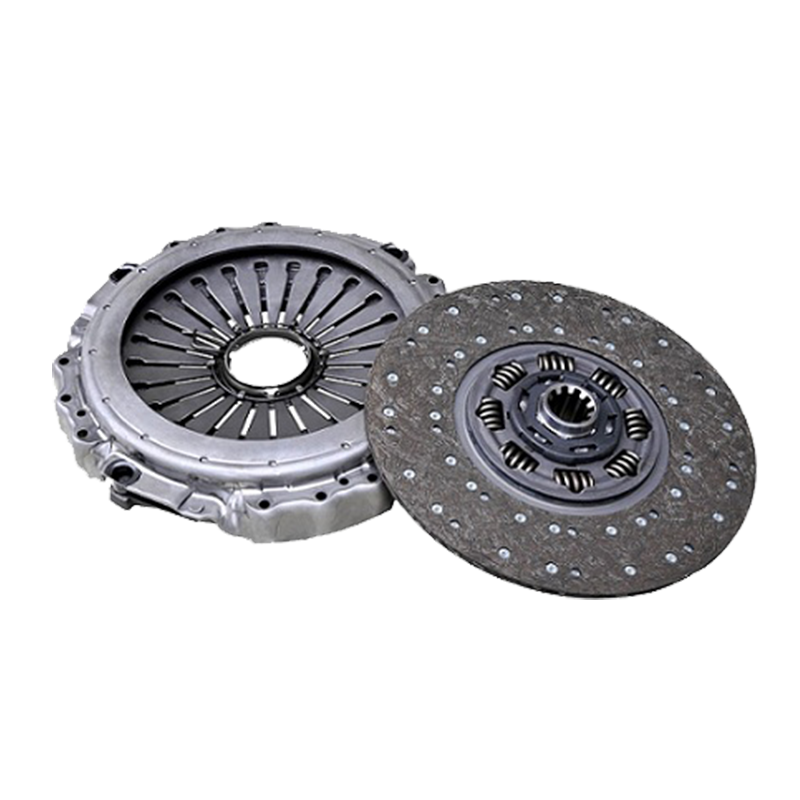
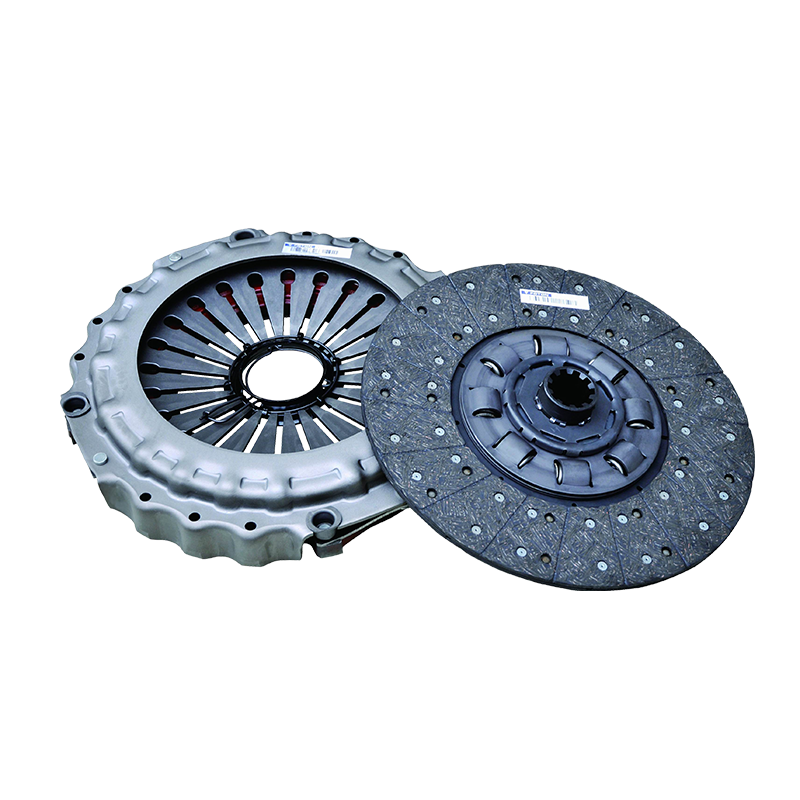
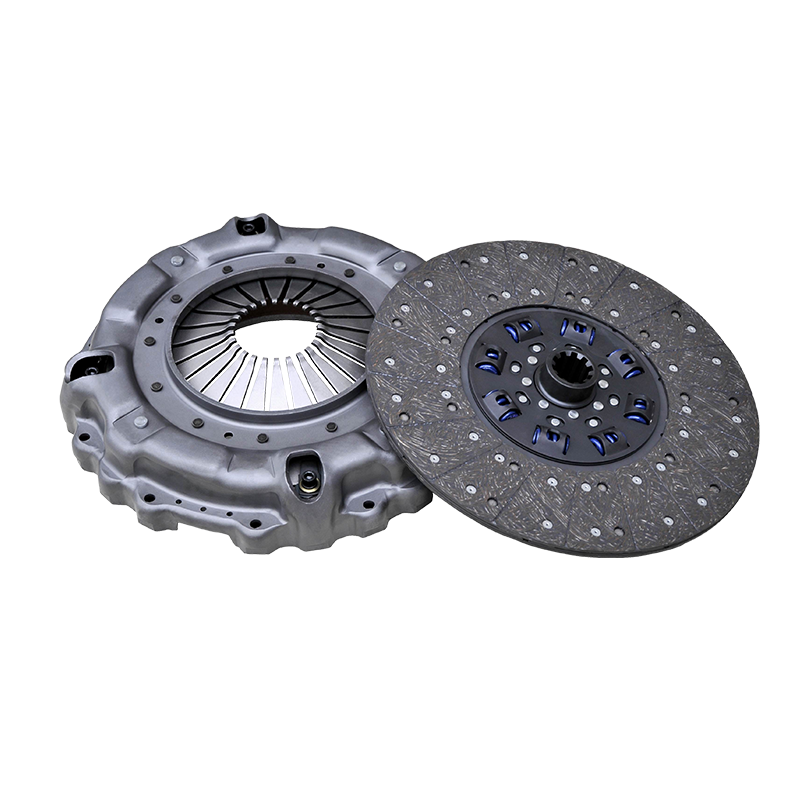
 English
English  No.25, Hu Chuang Road, New District Industrial Park, Suzhou, Jiangsu, China.
No.25, Hu Chuang Road, New District Industrial Park, Suzhou, Jiangsu, China.  +86-13338663262
+86-13338663262 
